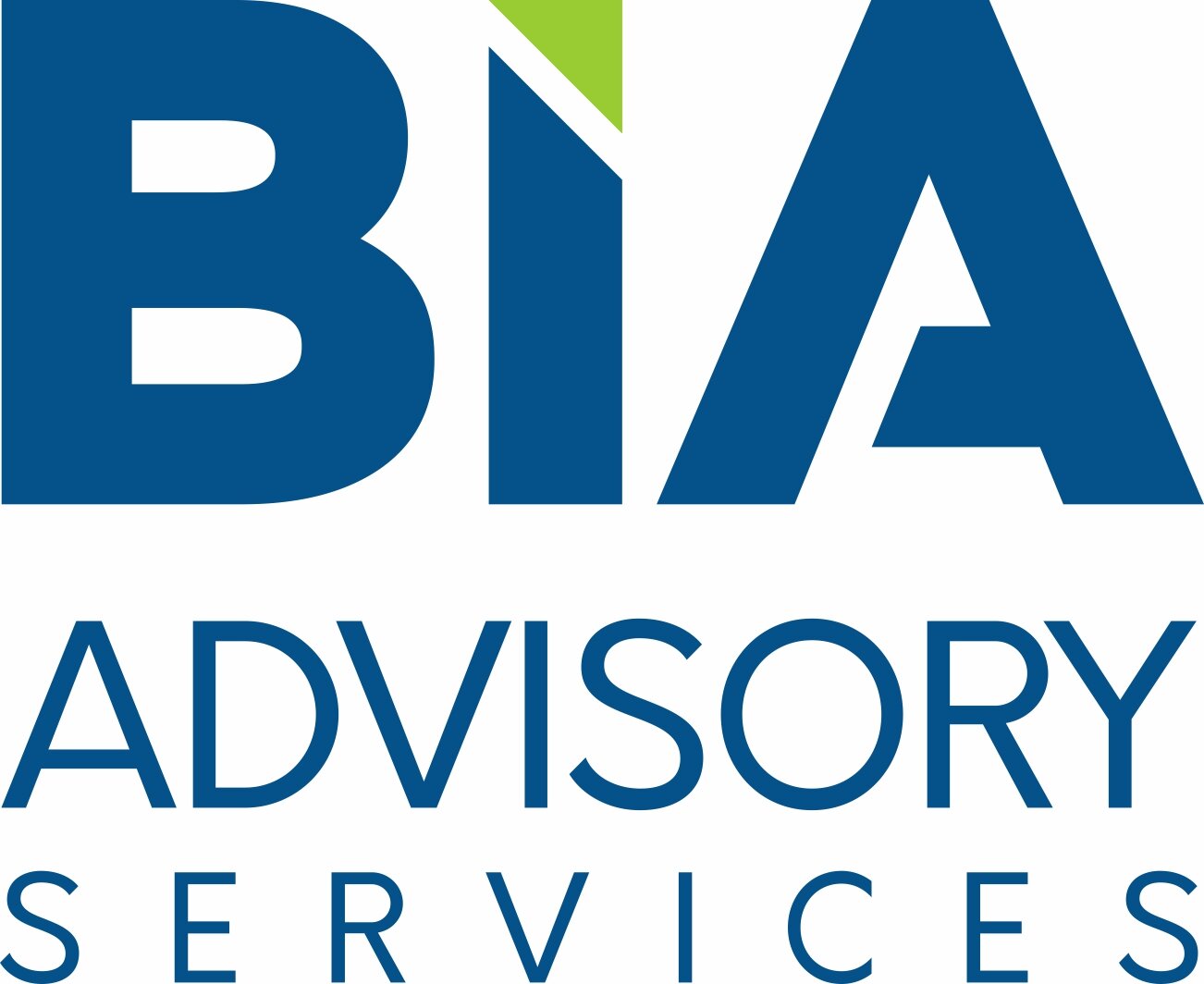The first half of this year has been unpredictable in many ways. Numerous factors have left the economy volatile and consumers less confident. From tariffs to continued higher interest rates to a decrease in tourism, all have impacted local digital advertising trends.
In this article, we’ll cover the major considerations and their implications for the future.

Updated Numbers for 2025
BIA Advisory Services updated its 2025 local advertising forecast to $171.4 billion. It’s relatively flat, with a slight decrease for traditional and a slight increase for digital, at $81.5 billion and $89.9 billion, respectively.
A lot of the growth for local digital advertising is still coming from OTT/CTV. It remains the fastest-growing digital tactic for 2025.
Some local businesses are faring better than others in the big picture of economic factors like tariffs, inflation, consumer confidence and changing customer preferences.
The Tariff Impact
Tariffs are taxes that companies must pay to import goods. In most cases, those costs are passed on to the customer. The tariff and trade wars in 2025 have been erratic to say the least. There have been tariffs levied, then pulled back, paused or changed.
Fundamentally, it has led to many industries incurring greater costs to sell and manufacture products. Small businesses have felt this more since they typically don’t have diverse supply chains and order in lower volumes. Even for items made in the U.S., parts may only be available to import from other countries.
Here are some examples of the effects of tariffs on local digital advertising.
Automotive
Tariffs are increasing the prices of cars and parts. Some dealers are passing them on to buyers, while others are attempting to absorb them to avoid losing market share. However, it’s not sustainable because they need deals to be profitable.
Dealerships could be aggressively advertising now on inventory before tariffs cause even higher prices. There could be short-term positive revenue from this, leading to weaker sales down the road.
Dealers may also seek to optimize their local ad spend by reducing higher-cost tactics, such as local TV buys, and replacing them with radio or digital tactics.
Retail
Almost everything seems more expensive to consumers these days, which has caused many to cut discretionary spending and be much more price-sensitive. This could be an advantage for local companies seeking to gain market share, as customers may be less loyal and more apt to shop around.
It could be an angle for local advertisers, and you can provide a cost-effective digital package that includes geofencing competitors.
Heath Care
Hospitals will be paying more for medical equipment and pharmaceuticals. These organizations may also be dealing with hiring freezes, yet demand for care continues to grow.
Even with tariffs, BIA Advisory Services reported that CTV/OTT spending in the industry is still on pace to grow from 2024. It’s a premium tactic but less expensive than broadcast TV ads.
For those health care organizations still hiring, they’ll need to optimize every dollar, and you can recommend digital tactics like geofencing schools and targeted display ads to streamline recruitment.
Inflation Is Back
Inflation was on a downward trend in 2024, but it’s back up again as a result of tariffs and other economic considerations. Inflation means a consumer must spend more for the same items. Their wages aren’t growing, so they are seeking value in every transaction.
To appeal to these consumers, brands need to make some pivots in their digital ad campaigns. They must compete on price, especially in verticals such as grocery stores and other retailers. Even customers with long-standing loyalty are no longer a guarantee.
These companies should continue to invest in digital advertising, focusing on value, low costs, and promotions. They shouldn’t be afraid to call out inflation as making things cost more, but they’re doing things to lower burdens on families.
Consumer Confidence Is Wishy-Washy
Consumer confidence rose modestly in July, but things can change. Many people are still unsure about making big purchases and could be putting off trips or renovations. With tariffs and inflation not going away, many consumers may feel a bit frozen in spending habits.
However, new survey data shows that holiday shoppers still plan to spend even though they have concerns about tariffs. What this likely would signal is that people will be shopping even earlier and on the hunt for deals.
Thanksgiving is late again this year, so the holiday shopping season will be shorter. You should be discussing these campaigns with advertisers now and launching them at the start of October.
External and internal forces impact consumer confidence. It’s been a rollercoaster year in 2025 due to uncertainty. Whether it will decline in the latter part of the year will have much to do with whether the economy indicates a recession.
Industries That Are Thriving
While many local advertisers are facing challenges, some are spending consistently, which means they are an opportunity for you.
You’ve already heard a lot from us on verticals like plumbing, HVAC and other field services that are always advertising regardless of the economy. There are others worth noting that show increased spending according to BIA data.
Consider these “hidden” gems.
Accounting and Payroll
These local businesses are spending much more in 2025. They are putting more money into CTV/OTT and programmatic.
The category that has the highest percentage of its total is direct mail. Ideally, it would be great to move these dollars to digital. You can do this by emphasizing the high costs of printing and postage, which have increased significantly.
These companies could likely get a better return using targeted digital tactics, which are also much easier to measure than direct mail.
Trade Schools
There’s been a shortage of people coming into trades for years. These schools are the gateway to support these jobs, and their spending is increasing.
CTV/OTT tops the list again for the increase in spending. They are also investing more in programmatic for desktop and mobile. A quick win for this industry is proposing geofencing around areas where potential students may spend time. It’s a low-cost, effective tactic that can complement streaming ads.
Museums and Historical Sites
These places depend on foot traffic. They’ve also often been provided funding from government entities, but that’s drying up.
So, museums and historical venues have new problems that advertising can solve. They need visitors, members and donors. You can recommend an integrated campaign to hit all these audiences in a targeted way. For example, for donors and members, you could suggest targeting ZIP codes in higher-income areas.
For visitors, you can include ZIP codes where visitors most often come from, whether that’s in-state or out-of-state.
What’s Next for Digital Advertising Trends?
Watch the replay of our webinar with BIA on local ad spending forecasts for the rest of 2025 and what to expect in 2026.






